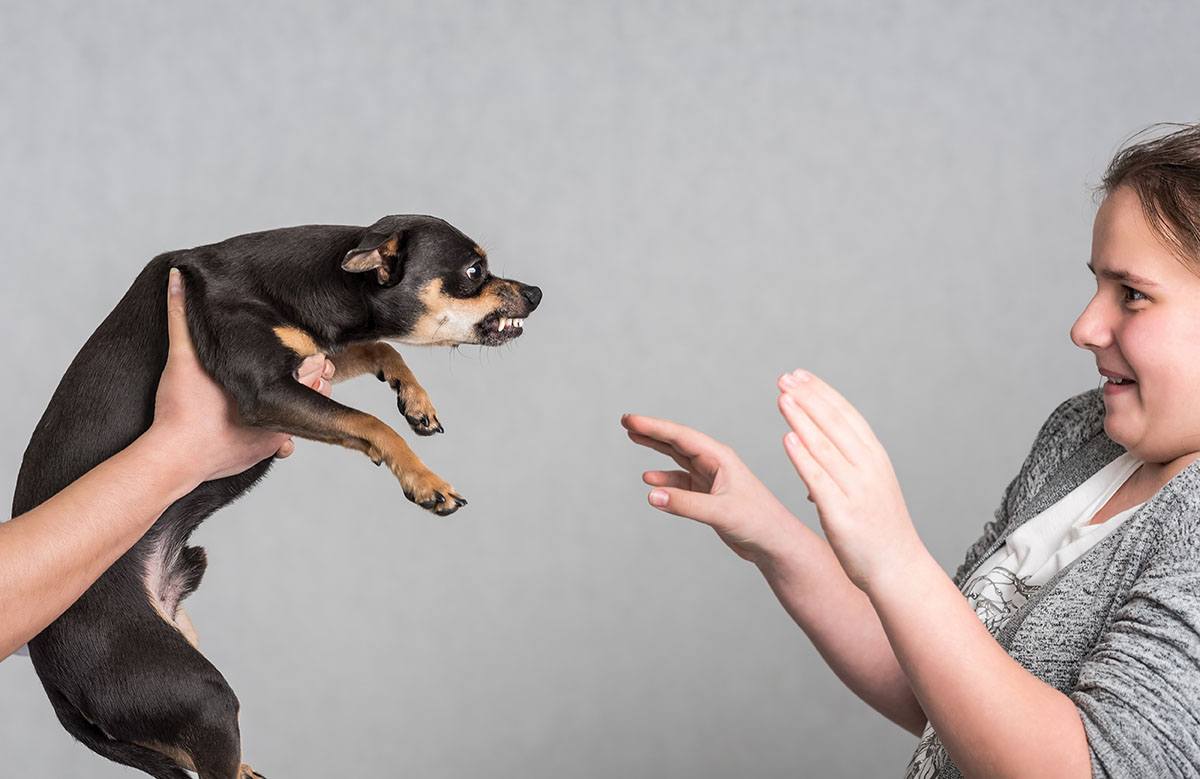All dog owners have questioned whether their pet’s recent antics are typical puppy mischief or a sign of something darker. Figuring out what motivates your four-legged friends can be like cracking a hidden code, regardless of whether you’re a new pet owner or not. Your dog’s peculiarities may be more common than you think.
Age-Related Behavioral Changes: When Time Takes Its Toll
Dogs can turn into cranky old coots who bark at shadows. A dog who used to greet everyone with tail wags might suddenly growl at visitors. House training goes out the window, literally.
Puppies and adult dogs can develop specific behavioral quirks that respond to training. Still, an old dog may exhibit sudden changes in temperament. They may have heightened anxiety or new age-related behavioral changes that need alternative management strategies. Their joints ache, their eyes get blurry, and quite frankly, wouldn’t you be crabby too?
Senior pups get clingy, you too. Max, who never minded when his family departed, now howls as if he’s trying out for a horror film soundtrack.
The Communication Breakdown: Barking, Whining, and Vocal Drama
Dogs have more to say than most teenagers. Alert barks sound like rapid-fire machine guns. Anxious barking? Think of a soprano opera singer having a meltdown. Then there’s demand barking, which happens because your dog has trained you to jump at their every yip.
Whining gets interesting. Puppies whine about everything. Bathroom breaks, the terror of scary vacuum cleaners, and the audacity of their food bowl being empty for thirty seconds. Adult dogs whine when they’re excited about walks or terrified of thunderstorms. Context matters big time. Door whining means potty time. Storm whining means comfort time.
Destructive Tendencies: The Good, The Bad, and The Chewed-Up Shoes
Puppies destroy stuff because they’re furry tornadoes with teeth. Your expensive running shoes? Fair game. That antique table leg? Delicious chew toy. This madness peaks around four to six months, then slowly dies down if you redirect them correctly.
Adult dogs who suddenly go rogue have reasons. Separation anxiety turns living rooms into disaster zones. Bored dogs systematically dismantle furniture like they’re following demolition blueprints. Sometimes medical issues trigger weird chewing binges. Random destruction screams anxiety. Targeted chewing usually means your dog needs more brain games and puzzle toys to stay occupied.
Social Struggles: Reading the Room (Or Failing To)
Some dogs work a room like politicians during election season. Others hide behind their owner’s legs like shy kindergarteners. Normal social dogs do play bows, sniff appropriately, and back off when other dogs give them the cold shoulder.
Problem dogs guard their stuff like dragons hoarding treasure. Although they appear cruel, fear-reactive dogs are quite afraid. Real aggression looks calculated and cold. Knowing the difference helps you figure out if your dog needs basic manners training or serious professional help.
The Zoomies, Spinning, and Other Quirky Habits
Zoomies are pure joy in motion. Dogs get them after baths, being cooped up, or when something exciting happens. Completely normal. Most dogs chill out with age and stop racing around like maniacs.
Spinning and tail chasing cross into weird territory when dogs can’t stop. Think of it like nail biting in humans. Stress, boredom, or health problems can trigger obsessive loops in your dog. If they spin until dizzy or chase their tail raw, it’s time for a vet visit.
Conclusion
Dog behavior isn’t rocket science, but it takes some detective work. Most weird habits are regular. Sudden changes? Pay attention. Document the strange stuff and don’t hesitate to call in professionals when things get concerning.
